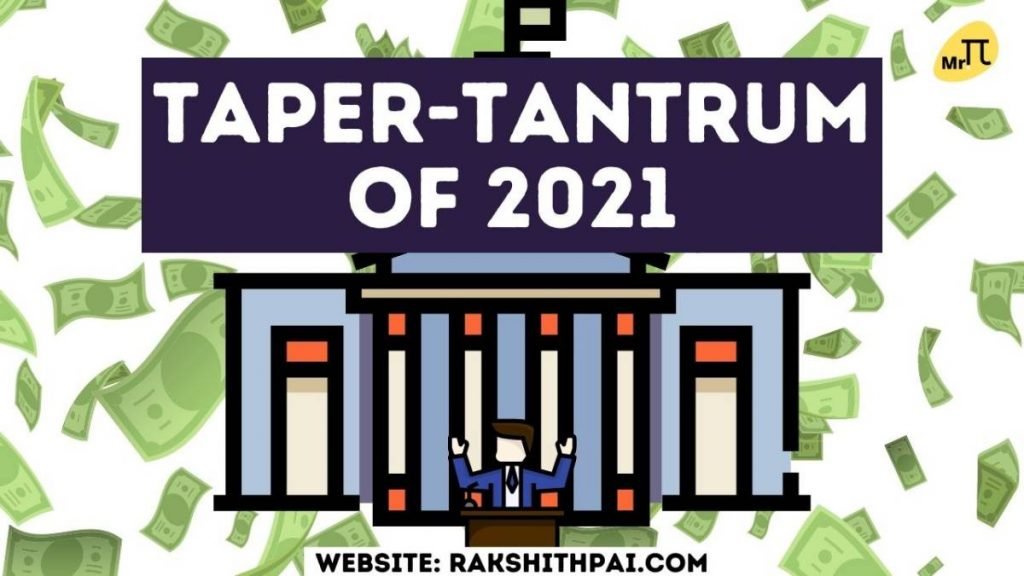Table of Contents
What is a Dividend Reinvestment Plan (DRIP)?
An investment account known as a “dividend reinvestment plan” enables investors to “roll over” or reinvest their dividends in order to purchase further shares of the company.
The business distributes cash dividends to shareholders from its profits, giving them the option to use those funds to purchase additional shares of the business. “Dividend reinvestment” is the name of this fundamental tactic.
Using a Dividend Reinvestment Plan (DRIP), shareholders can automatically convert their cash payouts into more company shares. Usually, the corporation will impose a cap on the number of shares. For each DRIP purchase, the investor may buy up to 100 shares in a single transaction.
How Do (DRIP) Works?
Typically, shareholders get dividend payments in the form of a cheque or a direct deposit into their bank account. Dividend reinvestment programs, or DRIPs, allow shareholders to reinvest the full amount of a declared dividend into additional shares that are purchased directly from the corporation. They are not tradeable on stock exchanges because shares acquired through a DRIP often come from the company’s own reserves. Additionally, shares must be purchased directly from the corporation.
Most DRIPs let investors buy shares at a big discount to the current share price, with or without paying a commission.
DRIP example:
A number of brokerage firms offer shares in the company, Pai Ltd. The company recently established its Stock Purchase Plan for stockholders who own 1,000 or more shares of Pai Ltd. In accordance with these regulations, shareholders may purchase additional shares subject to certain conditions if they acquire 1,000 or more shares within the next 30 days following the settlement date.
For instance, if a shareholder buys 10,000 shares of Pai Ltd throughout their tenure, they will be eligible to purchase up to five additional shares for each share they already own. Each new share will cost 90% of the lowest trading price between the two trading days prior to the purchase agreement, which is the purchase price.
Dividend reinvestment plans can be a terrific way to invest in developing businesses, even though they aren’t for everyone. If you want to build up sizable holdings in a company for the long term, investing in a DRIP is advised.
15 Highest Dividend Paying Stocks in India 2023
Types of Dividend Reinvestment Plan:
There are three popular forms of dividend reinvestment programs:
Company DRIPs
When it comes to investor relations, larger corporations may have their own DRIP department. Bypassing the requirement for a broker, you may use your reinvested dividends to purchase shares directly from the firm at a lower price and with no commissions. And it helps businesses attract and retain investors for the long haul.
So, a dedicated division inside the corporation is responsible for administering the DRIP.
Broker DRIP
There are certain firms that don’t provide a DRIP, but investors may still get one through their broker for the stocks they choose. The intermediary will make market purchases of stock for a DRIP run by a broker. Brokers may or may not charge a commission on DRIP stock transactions, depending on their connection with the buyer.
Third-Party DRIP
The DRIP is managed entirely by an external firm for the company. This is common practice when running a company’s own DRIP would be too time-consuming and expensive.
Advantages of Dividend Reinvestment Plan:
The benefits of a dividend reinvestment scheme are as follows:
Economical
The majority of businesses offer their shares at a discount to the going rate on the market. When taking part in a DRIP, shareholders can purchase shares at a lower cost basis.
Low Commissions
When buying shares using DRIPs, shareholders are typically not charged a commission or additional brokerage fees. As a result, they benefit financially from taking part in a DRIP.
Compounding
DRIPs assist investors in achieving compounding returns because cash distributions are automatically reinvested. Reinvestment results in compounding, which accelerates the growth of the investment.
Funds for Company
DRIPs enable a business to raise more financing. The company can get more money by giving shareholders shares right away in exchange for cash dividend payments.
Long term
Participants in DRIPs frequently select a lengthy investment horizon. So, a DRIP can help a business build a group of loyal, long-term shareholders.

Disadvantages of Dividend Reinvestment Plan:
In addition to its benefits, a dividend reinvestment plan has several drawbacks, such as:
Dilute Equity
There will be more shares outstanding in the market as the corporation issues more shares to shareholders. As a result, stockholders who choose not to take part in the company’s DRIP will have a smaller ownership stake.
Taxable
Even though the real cash dividend was reinvested, shares acquired through DRIPs are taxable since they are regarded as income. For the purpose of tax reporting, shareholders must therefore keep records (such as a record of a transaction, cost base, and capital gains or losses). For investors, it can be difficult and time-consuming.
Not Short-term
Short-term investors should avoid DRIPs, especially if the company pays dividends on a semi-annual or annual basis. The investor has the option to choose to purchase the additional shares immediately on the market rather than wait to get them at the end of six months or a year.
Share Price
Because shares are automatically purchased, the investor has no influence over the stock price. Though the stock price is quite high, they can be forced to invest in it due to a lack of options.
Non-Diversifiable
An investor’s exposure to the company is increased by a DRIP. The investor’s portfolio will be increasingly strongly exposed to the company as they purchase additional shares through the DRIP. An investor’s portfolio may need to be periodically rebalanced as a result of DRIPs.
How Should I do DRIP Investing?
Reinvesting dividends is a terrific technique for investors to consistently increase wealth. Investors can automate this procedure with the help of several brokers and businesses, which enables them to purchase more shares (even fractional ones) with each payment. That increases their returns, which over time may accumulate.
Before deciding on a growth or dividend plan, there are a few things to consider. The first item that must be taken into account is whether a regular income of any kind is anticipated from the mutual fund investment.
It is a personal decision, and it depends on whether the investor expects any monthly income or dividends from their mutual fund investment. High dividend-paying debt mutual funds aren’t always the top-performing mutual funds. So, before making an investment, a number of other things must be taken into account.
Read our article on Mutual Fund Investing to learn more. CLICK HERE!
Maximize Your Mutual Fund Investing Returns:
Tax on DRIP Investment:
According to Section 115O, each domestic corporation that declares or distributes dividends must pay DDT at a rate of 15% of the dividend’s gross amount. As a result, the effective DDT rate is 17.65%* on the dividend amount.
However, beginning with the 2020 Annual Budget, the tax on dividends will be paid by the recipient taxpayer. So, in accordance with Section 194, an Indian company may deduct tax at the source (TDS) while making distributions or paying dividends. The tax rate is 10%, and TDS must be withheld if a dividend in excess of Rs. 5,000 is paid or delivered to a shareholder.
DRIPs are immediately reinvested in the same fund’s units. As a result, the investor receives more units of the same fund, valued at the dividend amount. Although the investor in such a situation does not receive any dividends in hand, they still must pay taxes on them.
Conclusion:
By setting up an automatic reinvestment plan, the majority of investment brokers make it simple for an investor to reinvest all of their profits. Investors can, however, also choose to take part in DRIPs that are provided directly by a dividend-paying corporation.
Since many of these programs are commission-free and let investors purchase fractional shares, they offer advantages similar to those provided by brokers. Additionally, some businesses offer a discount on the going market price when selling shares through their DRIP scheme.
Investors should carefully study the fine print, as not all DRIPs offer these advantages. For instance, some businesses have minimum investment requirements, such as the need to hold a specific percentage of the company’s stock or a specific amount of money. A service fee and a brokerage commission are additional fees that some companies charge.
Disclaimer: All the information on this website is published in good faith and for general information purposes only.









